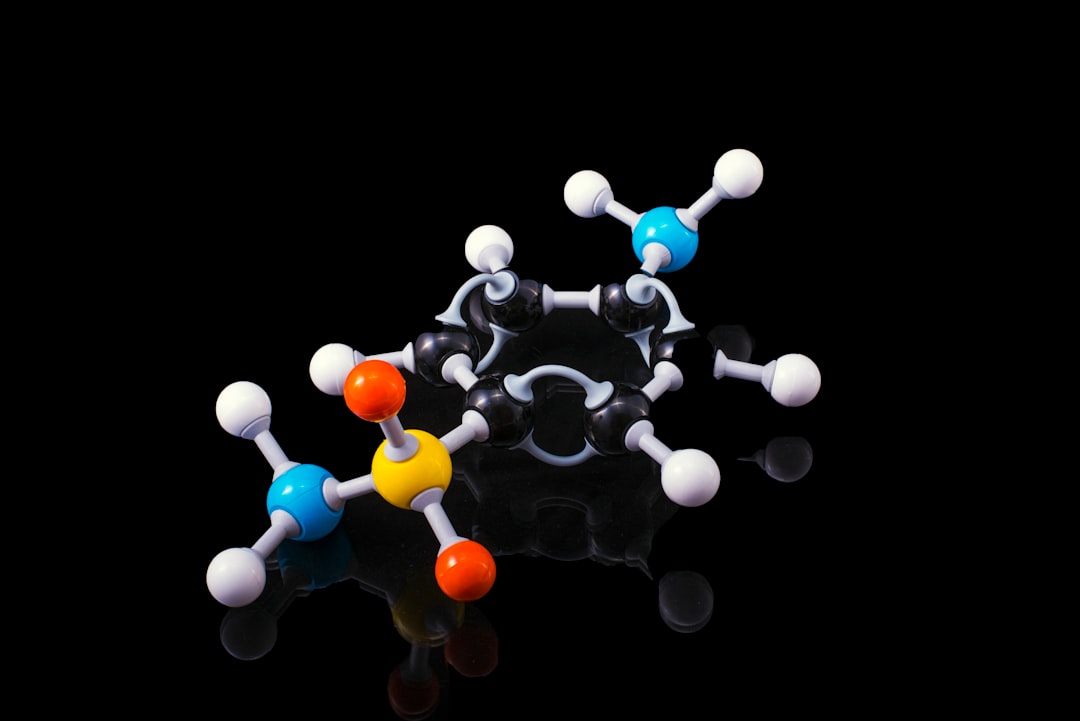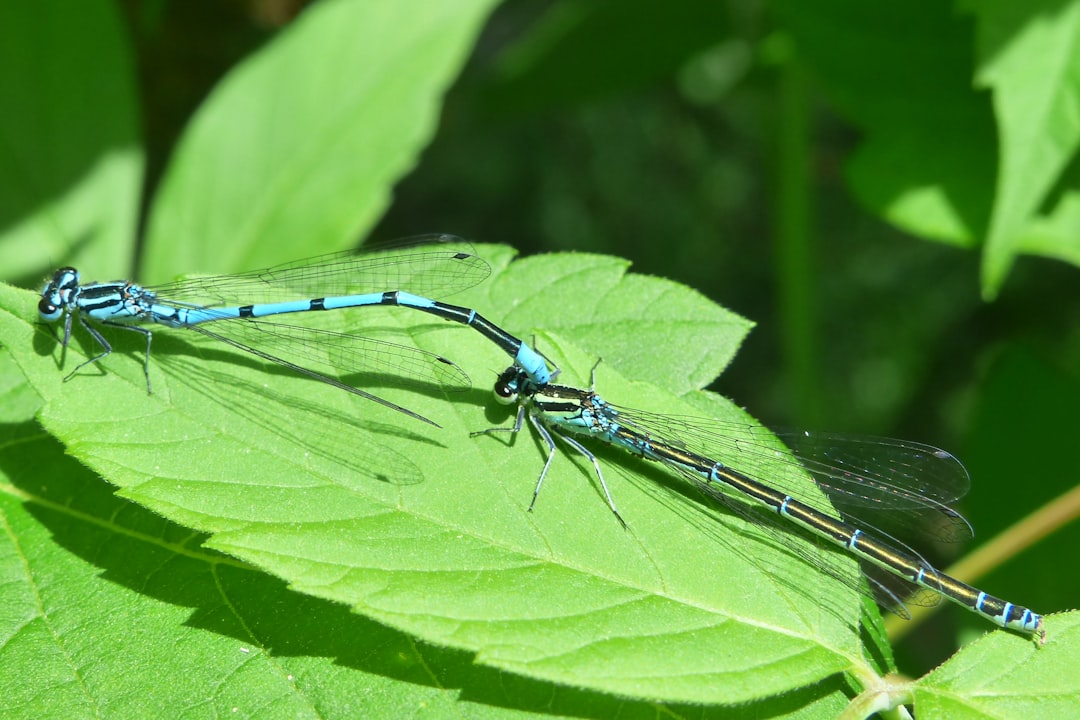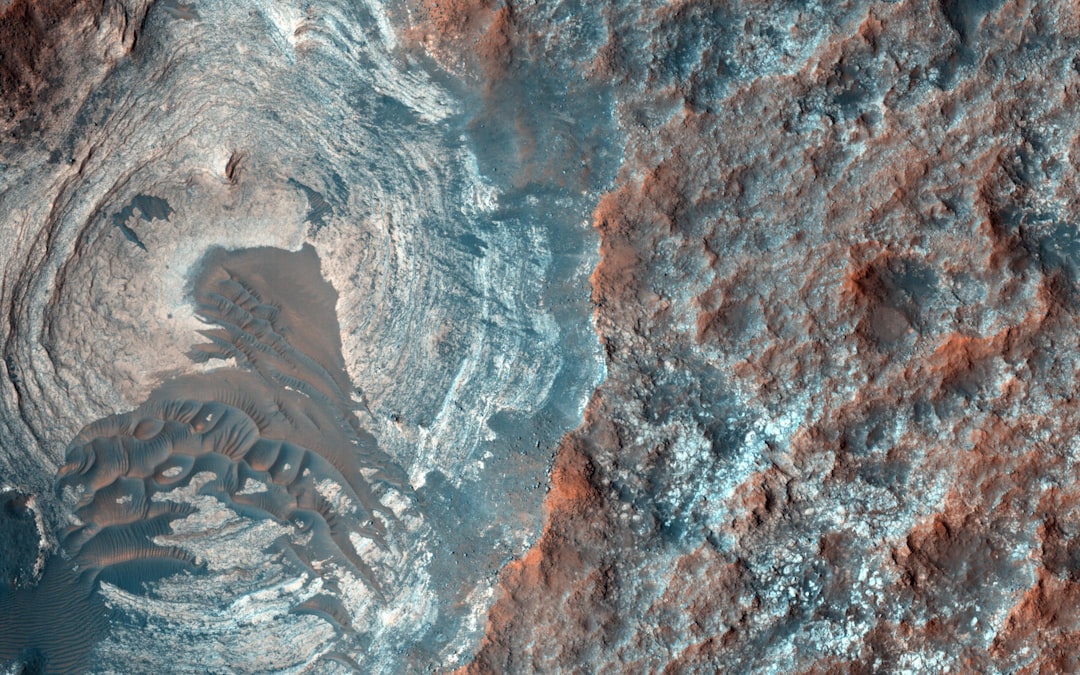What is it about?
Here, we use an integrative approach, encompassing morphological and mitonuclear data, and paleodrainage reconstruction to better understand the evolutionary history of C. bahiense and to test the putative effects of the current configuration of basins and historical drainage rearrangements on the genetic structuring of the species. Our mitochondrial data show that C. bahiense is not a monophyletic species since the specimens from one locality are more closely related to Characidium cf. lagosantense than to other populations of C. bahiense. Multilocus analyses, however, recovered the monophyly of this species, although the molecular delimitation method considers each mitochondrial DNA lineages as a separated species. Overall, the morphological data revealed some intraspecific overlapping variation, suggesting that all specimens of C. bahiense are conspecific. Molecular analyses combined with geomorphological information suggest that the current distribution of C. bahiense is the result of climate change that directly affected river flow dynamics and recent riverine captures during the Pleistocene.
Featured Image

Photo by Dave on Unsplash
Why is it important?
The use of multiple data sources not only provides a more reliable interpretation of the evolutionary history of a species, but can also avoid arbitrary taxonomic decisions.
Perspectives
Future phylogeographic studies involving other freshwater fish specieswith a similar distribution to C. bahiense are necessary to assist in understanding the scenarios presented here.
Leonardo Oliveira-Silva
Universidade Estadual Paulista Julio de Mesquita Filho
Read the Original
This page is a summary of: Past riverine connectivity effects in population structure and distribution of an endemic freshwater fish from northeastern Brazilian rivers: Phylogeographic, taxonomic, and conservation implications, Freshwater Biology, August 2023, Wiley,
DOI: 10.1111/fwb.14150.
You can read the full text:
Resources
Contributors
The following have contributed to this page










